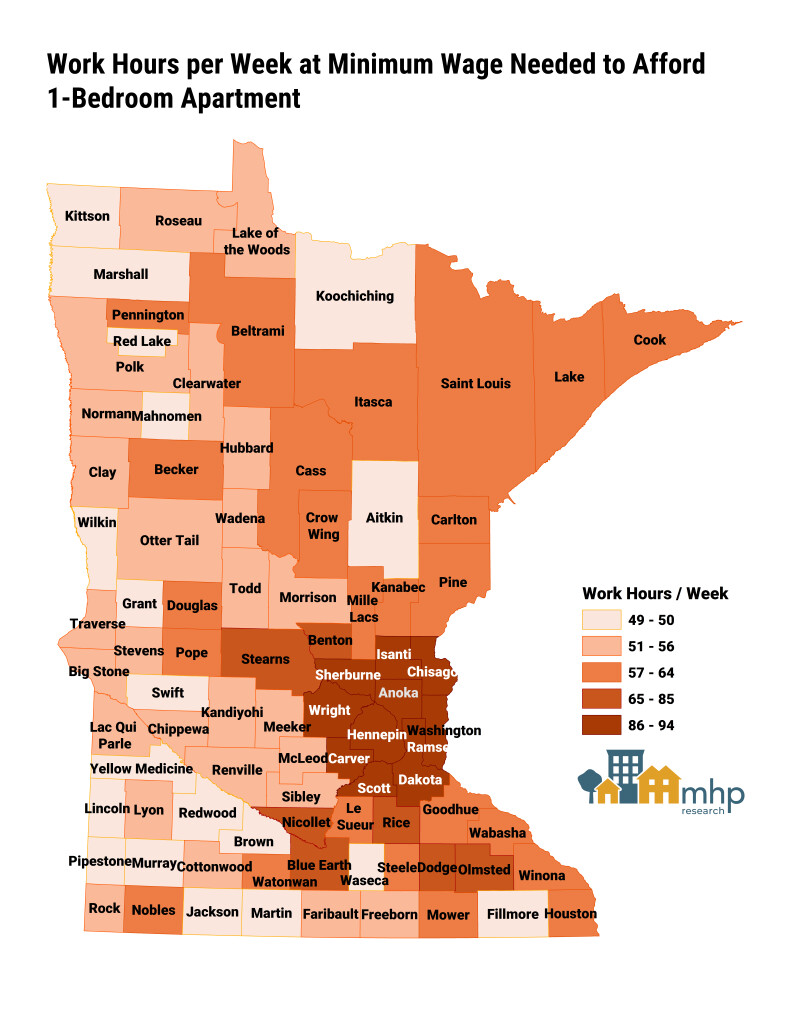Image


ST. PAUL, Minn. — Minnesota’s minimum wage will increase on January 1, 2026, as part of the state’s annual inflation adjustment.
The Department of Labor and Industry announced that the statewide minimum wage will rise from $11.13 to $11.41 per hour, a 2.5% increase tied to the Consumer Price Index. The 90-day training wage for workers under 20 will also climb from $9.08 to $9.31 per hour.

Since 2018, Minnesota law has required automatic yearly adjustments to the minimum wage to keep up with inflation. Lawmakers expanded the cap from 2.5% to 5% in 2024, but the 2026 increase remains at the lower threshold.
The change applies to all employers statewide, following the 2024 elimination of wage carveouts for small businesses, teenagers, and temporary foreign workers.
While the new statewide minimum sets a floor, many Minnesota workers already earn higher rates in local jurisdictions:
Even so, state officials acknowledge the increase still falls short of the income needed to meet basic living costs. The Department of Employment and Economic Development estimates a single adult in Minnesota requires about $17.68/hour to cover essentials, while a family with two children needs roughly $24.25/hour.
According to the Minnesota Reformer, fewer than 90,000 workers statewide earned at or below the minimum wage in 2023 out of 3.3 million jobs. However, the adjustment could have ripple effects on wages just above the minimum, particularly in rural communities.
Bottom line: Beginning January 1, 2026, Minnesota’s minimum wage will rise to $11.41 per hour. While the increase reflects inflation, it underscores the persistent gap between statutory minimums and what it actually costs to live and raise a family in the state.